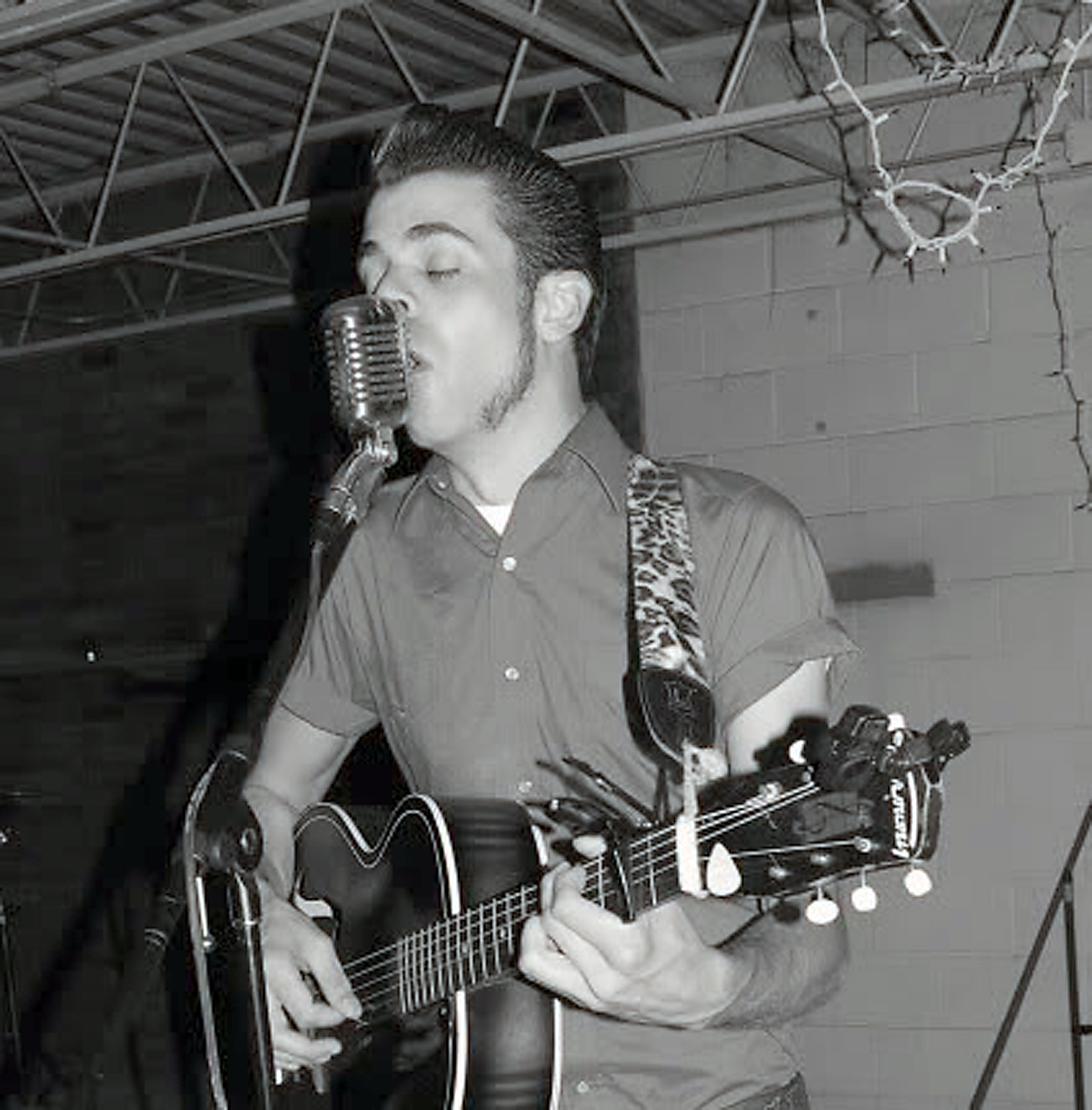It's pecan time!
Published 8:26 pm Monday, December 5, 2005
LOWNDES COUNTY — “Farming is a rollercoaster ride,” said local pecan grower David Fields. “Some years are better than others. Four or five years ago, my trees didn’t produce a crop at all, and then the next year, they were fine. This business is very cyclic in nature.”
Fields said he would not advise anyone to go into the business who doesn’t have a lot of time on their hands. “It is such a long process — at least 10 to 15 years to show a profit — and most people are not willing to wait that long.”
Fields, who has 22 acres of pecans on his farm in addition to corn and peanuts, said he farms as a side business and always worked full time teaching until he recently retired.
He and his wife, Ginger, are doing all the harvesting themselves, and will be starting in the next couple of weeks. “We like to move most of the pecans by Thanksgiving, but realistically we’ll still be out there through the first of next year.”
Fields said he sells locally to accumulators as he harvests, and a good year’s crop will yield 25,000 to 30,000 pounds.
Next to Fields’ farm down Cat Creek Road is Shiloh Farm, owned by Sheriff Ashley Paulk and his family. Shiloh, which means “a place of peace,” has 1,850 acres of pecans and is a full time job for Paulk’s son, Buck, who is part owner and manager of the farm. He has a crew of five full-time workers, in addition to seasonal workers.
“We used to row crop, but this is better because we can concentrate on one crop and do it right,” said Buck, who has worked in the orchards since he was 5 years old.
Buck said they raise five major varieties, which come in at different times. “It’s better to be diversified because with cross pollination, you get a better set.”
Each tree has to be sprayed 10 to 12 times a year with various fungicides and pesticides, and with 17 trees to an acre, is very time consuming. The area around each tree typically gets five rounds of herbicides plus a lot of mowing to keep the area underneath the tree free of plants and grass which could rob the tree of its nutrients.
“My wife Ginger’s family, the Schroers, planted some pecans here back in the mid-50s. We added more trees in the mid-80s,” said Ashley. “We love the land. It’s a good, honest way to make a living.”
Ashley said pecans are a big investment, and it takes nine to 10 years to cover costs. “After that, it’s mostly profit.”
The Paulks will begin harvesting this week and hope to be done by mid-December. “We’ll be out there seven days a week for 14 to 16 hours a day for the next two months, going as fast as we can go,” said Buck.
Once harvesting begins, a hydraulic shaker is driven through the orchard in a diagonal pattern, spending about 30 seconds per tree shaking the nuts out. A blower then comes through to blow the pecans out to the sides of the tree in rows so that the harvester can pick them up.
Shiloh has its own 40,000 square foot warehouse complete with cold storage where the nuts are processed and separated into grades before being shipped to various shellers and accumulators across the country.
“The lighter nuts are considered a second grade, and that’s usually what you find in ice cream and candy. They still taste good, but the nut doesn’t look as pretty,” said Ashley.
The prime time for a tree to produce is 16 to 26 years, or the “golden” years, and after that, it’s better to cut them down and replant them.
“We interplant the new trees between the old trees. They grow faster and bear younger,” said Buck.
In an average year, Shiloh will harvest 1.5 million pounds of pecans.
Approximately 220 million pounds of pecans are produced nationally each year, with 100 million of those, or 45 percent of the total crop, produced in South Georgia.
And other than aphids, what is one of a pecan farmer’s worst enemies? Squirrels. “One squirrel can eat 30 to 40 pounds of nuts a year. They’d wipe us out if they could,” said Ashley.
To contact reporter Kay Harris, please call 244-3400, ext. 280.





